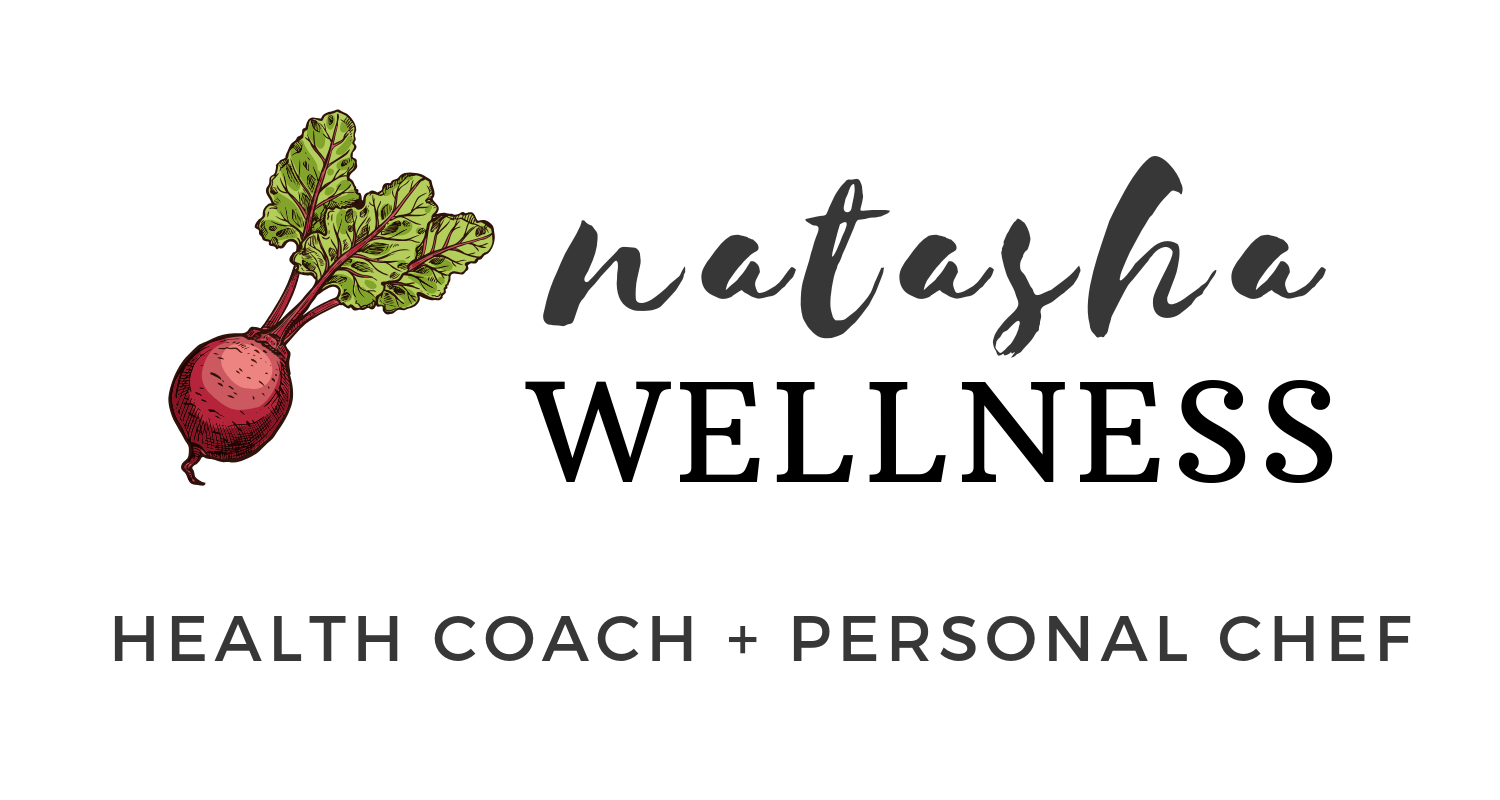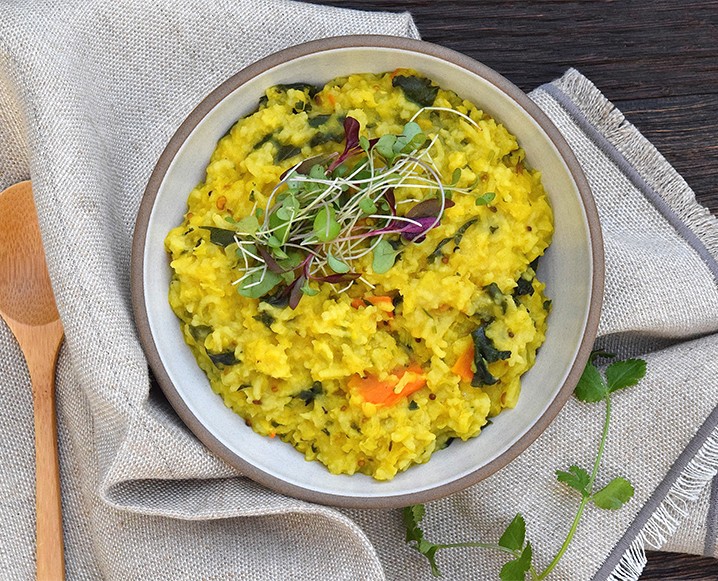As summer ends and fall lands upon us, some of us are feeling the sting as we let go of the sun and sand and slow-setting sunlight. While summer certainly has its share of cool treats, October brings to light a few things that help me adjust to the shift in season: the bright colors of the leaves, cozy, hygge-friendly mornings with a soft throw and cup of cocoa, comfy sweaters and scarves. Most notably, Fall begins the flavor craze for…wait for it…pumpkin spice!
Ah, pumpkin spice. Your return is welcomed by so many! What better way to warm your soul and start your morning than the warm notes of cinnamon, clove, ginger, nutmeg, and allspice—the pillars behind what makes this treat a classic (yet healthy) comfort food. Not to mention a delicious incentive for inching yourself out of bed in the morning.
Not only is pumpkin beautiful in its shape, color, and taste, it also packs valuable nutritional benefits that help protect our bodies during the cooler temperatures. According to Ayurveda, ripe pumpkins can reduce Pitta energy while also helping to balance Vata. Although pumpkin is somewhat cooling, this quality is reduced when it is cooked, especially with ghee (avoid unripe pumpkins, as they are hard to digest and can aggravate all three doshas). Traditionally, pumpkins are believed to sharpen the intellect and induce calm, and so they are used for various mental imbalances and to reduce stress and agitation.
Due to its rich anti-oxidants like vitamin A, vitamin C, and vitamin E, pumpkin helps to balance out the metal element of the Fall season and prevent illnesses (Weaknesses in the lungs and large intestine often arise this time of year as allergies, asthma and constipation)
Pumpkins are sweet and grounding, corresponding to the earth element; therefore, relieving dampness and supporting digestive, respiratory, and overall health. It also contains fiber (balances blood glucose levels) and the minerals magnesium and potassium, which help to balance blood pressure and relax muscles, protecting the circulatory system.
Pumpkin also contain anti-inflammatory omega-3 fatty acids in the form of alpha-linolenic acid. Pumpkins are detoxifying, working to clean the bladder and surrounding organs.
So before another season sneaks up on us, let’s make the most of the calm before the cold. Now round up your best sweater and leggings and go get your pumpkin on 😊.
Without further ado, introducing the star of the show today: pumpkin spice granola.
Pumpkin Spice Granola
Ingredients:
3 cup oats
¾ cup your favorite dried fruits (ex. bananas, cherries, raisins, apricot)
1 cup pumpkin seeds
1 cup your favorite nuts and/or seeds (ex. almonds, pine nuts, cashews, walnuts, flaxseeds)
¼ cup honey
¼ cup coconut oil
1 tbsp pumpkin spice
1.5 tsp vanilla extract
Pinch of salt
Directions:
Combine dry ingredients
Combine wet ingredients
Combine both dry + wet ingredients
Bake at 350 for 15-20 mins
Let cook before eating. Store in fridge for 7 days and sprinkle on yogurt, oats, or just eat it straight up!
Having trouble finding your way around the kitchen? Not sure what ingredients to use in order to make yourself the most nutritious food? Schedule a free conversation with me at www.natashawellness.com/appointment and let's chat about your health goals.
Resources: http://everydayayurveda.org









